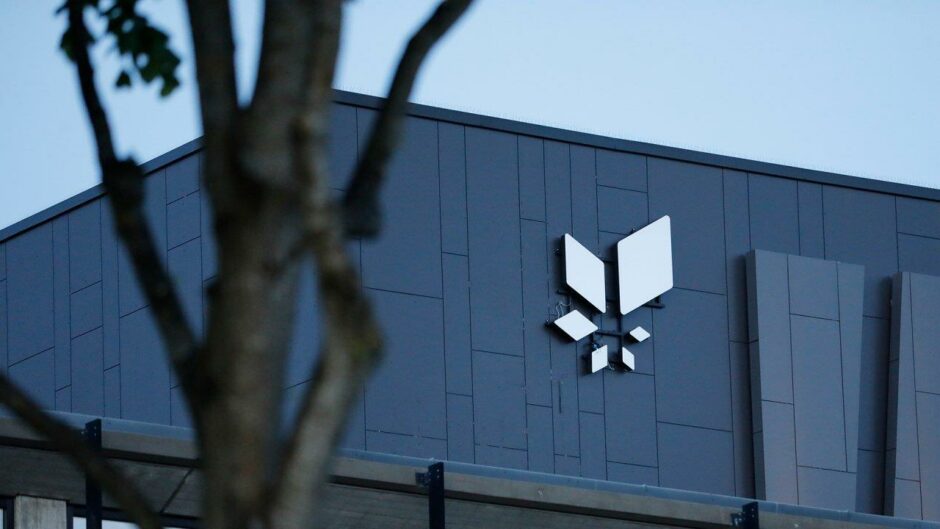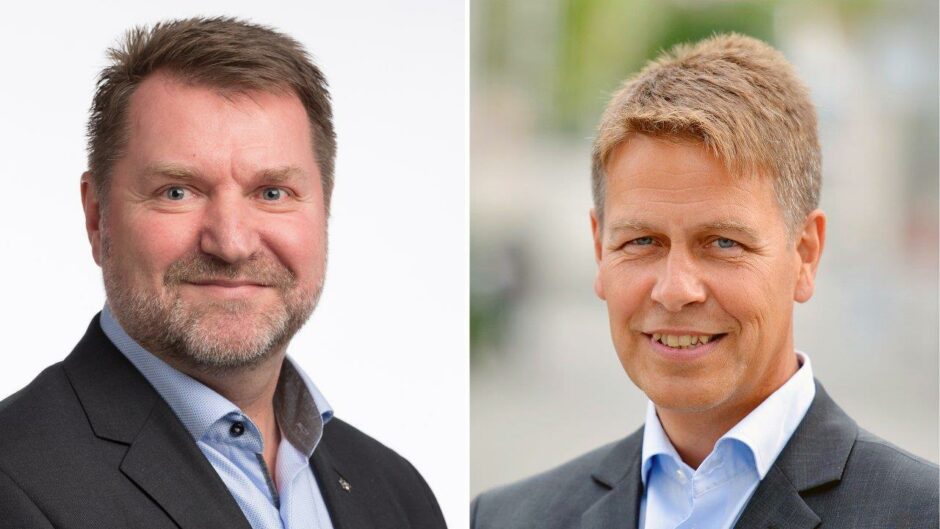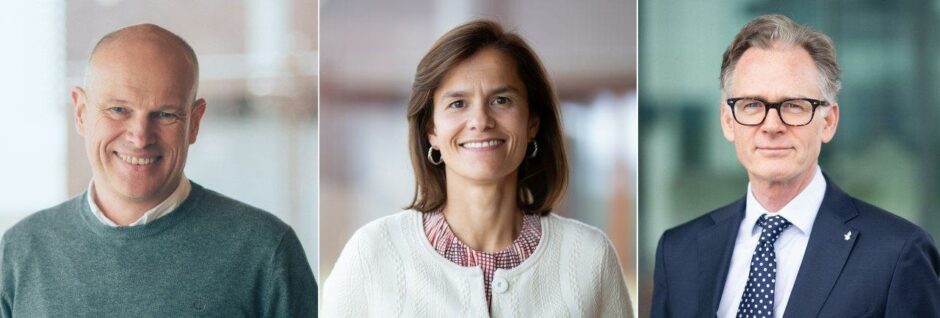
Norwegian energy giant Equinor (OSLO: EQNR) has made a host of changes to its top brass after a senior figure announced his intention to retire.
Geir Tungesvik has been appointed executive vice president for the projects, drilling and procurement business area with effect from May 1.
He will replace Arne Sigve Nylund who has decided to retire after almost 40 years with Equinor.
Meanwhile Aksel Stenerud has been appointed executive vice president for the people and organisation function.
He takes up the job today, replacing Ana Fonseca Nordang who has agreed to take on a new role in Equinor’s renewables business.
Anders Opedal, president and chief executive of Equinor, said: “I thank Geir and Aksel for taking on the new assignments in my leadership team.
“As Arne Sigve Nylund has decided to retire when he turns 62 in July, I thank him for being a great leader and highly held colleague, and for his outstanding contribution to the company for almost 40 years, of which the last eight years in the Corporate Executive Committee.”
Mr Nylund joined Equinor in 1983.
Prior to his current position, one he has held since January last year, he was executive vice president, development and production Norway (DPN) from 2014.
He has also held several central management positions in Equinor, both within upstream, mid-stream and downstream.
Mr Tungesvik was previously senior vice president for project development in the projects, drilling and procurement business.
He joined Equinor in 1987, is a very experienced within the upstream business and is educated a petroleum engineer from Norwegian University of Science and Technology.
Mr Opedal said: “I thank Ana for her strong commitment and leadership in developing an organization fit for delivery on our strategy and change agenda.
“Ana will take on a role as Senior Vice President within Renewables, reporting to Executive Vice President for Renewables Pål Eitrheim in Equinor.
“We have a strong commitment to accelerate profitable growth within renewables.
“Ana’s business and organisational experience will support our efforts to capture the organic and inorganic growth potential we see.”
Recommended for you


 © Supplied by Equinor
© Supplied by Equinor © Supplied by Equinor
© Supplied by Equinor